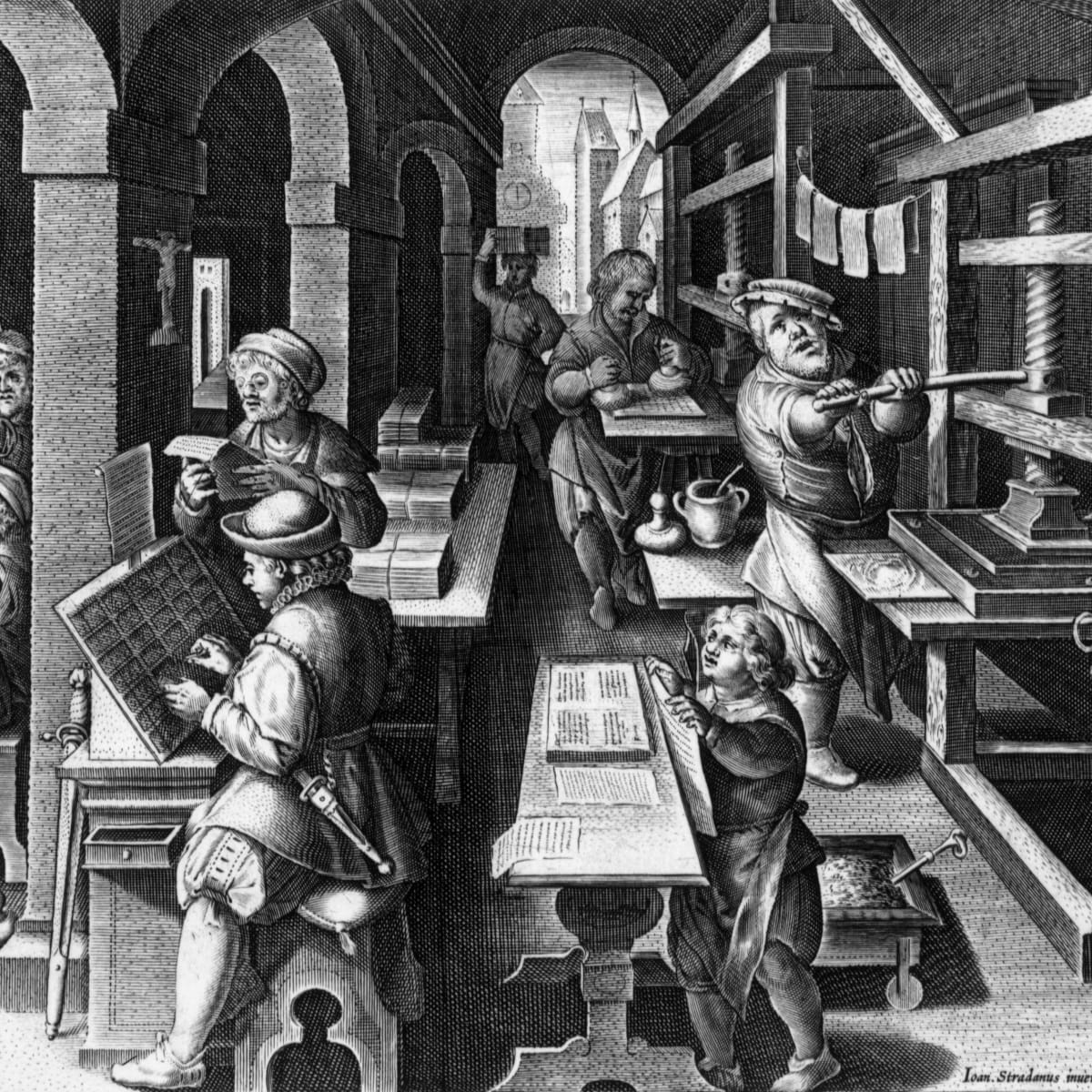

One of the first major printed works was the “Gutenberg Bible” of 1455, which was one of the first major books printed using the new system of mechanical movable type.Īfter the printing revolution, there was a need to express new ideas. Gutenberg’s invention led to the mass production of books, pamphlets, newspapers, and magazines.Įducation and social literacy became more accessible as books became much cheaper than handwritten manuscripts. His new printing technique had a major impact on Renaissance Europe. He then developed his own hardware and technique using hand forms. Johannes Gutenberg, a German inventor from Mainz, introduced the movable metal type technique to Western Europe 78 years after the Jikji (the oldest surviving book printed with movable metal type) was printed in Korea – according to Wikipedia. The technique used was woodblock printing (a technique for printing text, images, or patterns) The Arrival of Printing in Europe There’s evidence that printing originated in China (the earliest examples from China date back to before 220 A.D. The printing press solved these problems by creating a new mechanical printing with movable type that promoted the spread of learning to the masses Block printing was a way to mass-produce texts, but it was very expensive to produce and purchase. Handwritten texts could be produced by only one person and still remain legible. Before Letterpress Printingīefore letterpress was invented, there were two ways to reproduce texts in Western Europe: Handwriting or block printing. Printers made an impression of an original document, which was then distributed to other printers, who in turn copied it by hand. Previously, the written word was copied by hand, which was very time-consuming and expensive.

Printing changed the way people communicated and social relationships. This also led to a huge increase in literacy rates. It brought about a rapid change in literature and lowered the cost of books so that more people could own them. The printing revolution is a term used to describe the massive change in society that occurred with the invention of the printing press. Digitization The Social Impact of Printing For its part in providing literature and information to the masses, Gutenberg's press is regarded as key to the European Renaissance and as one of the greatest inventions of the second millenium.11 Printing Press vs. Gutenberg's printing developments coincided with other circumstances (such as the abundance of paper supplies and a growing middle-class with time and money to collect books) to create a pivotal point in Western history. He later used his expertise to develop a printing press with movable type, a machine that added great speed, quality, and economy to the printing process. Gutenberg's printing developments coincided with other circumstances (such as the abundance of paper supplies a In the 1430s, German goldsmith Johannes Gutenberg began experimenting with printing from handset type casts. In the 1430s, German goldsmith Johannes Gutenberg began experimenting with printing from handset type casts.


 0 kommentar(er)
0 kommentar(er)
